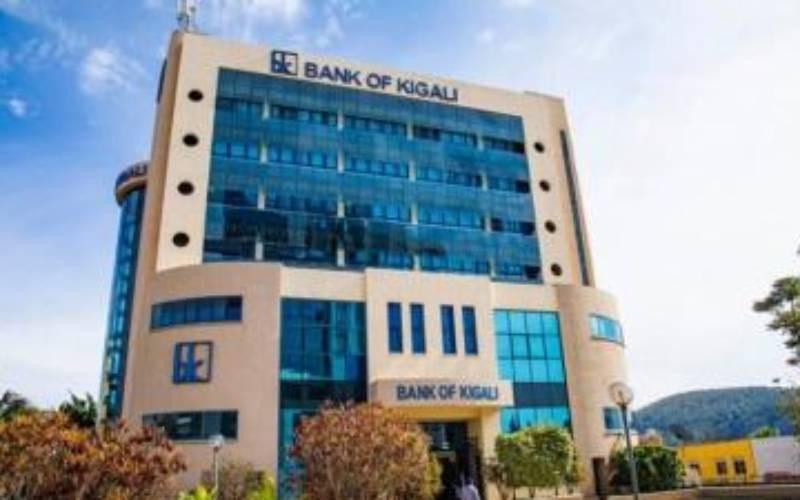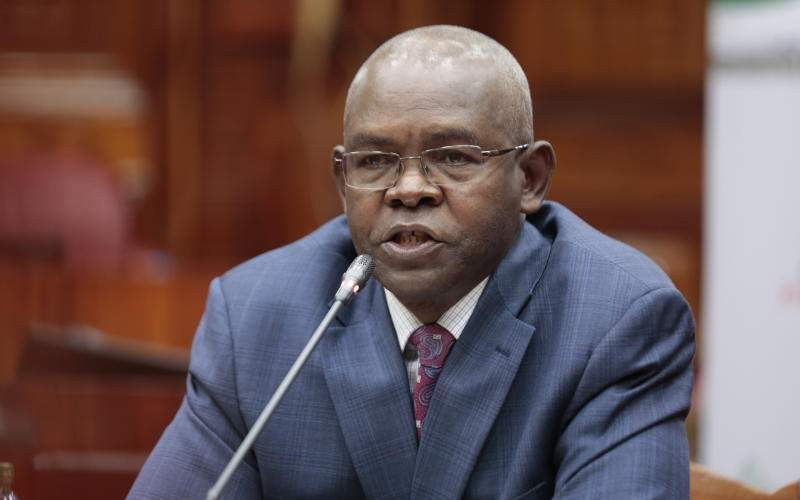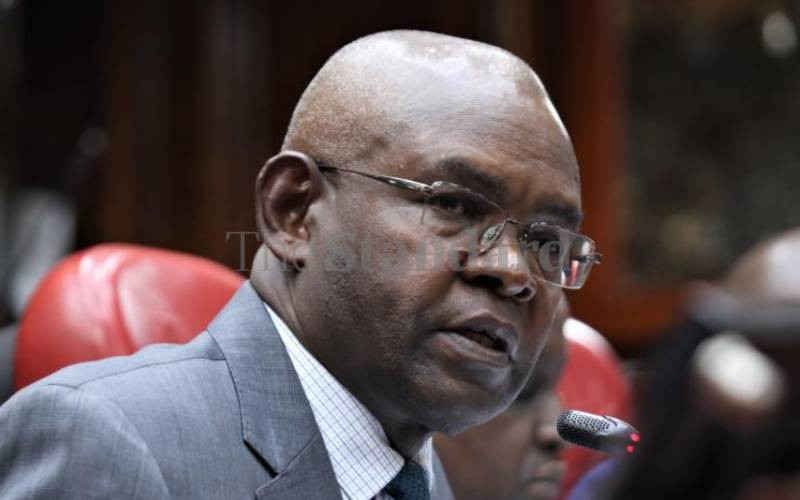The Central Bank of Kenya (CBK) has come up with a new policy directing all banks in the country to use a common base lending rate, Kenya Banks' Reference Rate (KBRR), and disclose their base rates for the general public to know what they should expect when they want to apply for a loan.
The run-up to its implementation saw frenzied speculation on its impact, especially on loans for the borrowers.
However, before we discuss its effect on loans, it will be instructive to understand the meaning of the base rate and its importance in the overall lending rate a bank would charge its customers.
The key drivers of a bank's lending rates are 1; The bank's base rate 2; the industry of the borrower and 3; the borrower's specific risks. The base rate is the minimum rate of interest that a bank will lend money to its 'best' customers.
For example, if your business is stable and well-managed, you have very good collateral and your credit rating is good, then you are viewed as a low-risk client. So the bank does not need to make a huge provision for the probability of default. Your risk margin will be low and you will borrow at near or the base rate.
Previously, banks used to determine interest rates on the loans they offered using their own base rates.
Each bank had its own base rate. It was thus difficult for borrowers to compare lending rates across banks. Now CBK has come up with a formula that will standardise the base rate across all the commercial banks.
The CBK's base rate formula, or KBRR, will be computed as an average of the CBR (the Central Bank Rate which is currently at 8.5 per cent) and the weighted two-month moving average of the 91-day Treasury Bill rates.
The first KBRR was set at 9.13 per cent, last week.
Will this lead to lower borrowing rates? Not necessarily. No doubt, KBRR will help in improving credit market efficiency as it will create a common benchmark for easy comparability of the lending rates. It will also help with transparency and customer choice based on relevant information. It will not, however, lead to any significant reduction in the lending rates.
The actual lending rates charged would be the Base Rate plus borrower-specific charges. According to CBK, the lending rate banks will charge their customers will now be determined using the formula; KBRR + K, where K will take into account these other risks.
CBK will not regulate K, which represents the borrower-specific charges, which would include product-specific operating costs, credit risk and tenor premiums, but expects it will not add a lot onto KBRR.
Kenyans should not expect significant relief from higher lending rates because of this policy.
Why? First, commercial banks determine their true base rates based on several factors, including Weighted Average Cost of Funds (WACF), operational costs, inflation and profit expectations.
If you look at these variables that make up the base rate, you will notice that there is little any bank can do to change the basis of computation. The only variables within the control of the banks are to a certain extent projected profits, which is also approved by their board and which reflects the cost of capital.
The main ones are externally determined. The cost of funds, for example, which is a key ingredient of the base rate, is not something that can be set using a formula. It is market-driven. You would normally hear many Kenyans including politicians ask why banks are charging high interest rates when they are getting peanuts for their own deposits.
What they fail to understand is that bank deposits are not all sourced from the common mwananchi. Most is sourced from big depositors who are in a position to negotiate very good rates for their often-big deposits.
Stay informed. Subscribe to our newsletter
In fact, majority of Kenyans do not bank and only a small percentage save with banks, making the pool of funds available for lending rather small. This means banks have more fixed deposits from the interbank markets and large corporates than current accounts and the interest that is paid on fixed deposits is usually high.
These big investors who prefer to place their money with commercial banks at ridiculous rates would thus weigh on a bank's WACF.
Second, banks know that true inflation is way higher than the official 7.4 per cent. It is probably higher than 10 per cent.
At these levels, inflation would not allow them to reduce their cost of deposits which will make it difficult for them to bring down their true base rates.
Banks, by their nature, are reputation-sensitive. They would not come out in the open to challenge Government regulations. They will comply. But they are also clever.
What they will most likely do from now is to price 'KBRR risk' and push the difference between KBRR and their true base lending rate to the K.
So if for example a bank was previously charging a base rate of 13 per cent and a risk premium of 7 per cent giving a lending rate of 20 per cent, it could now charge 9.13 per cent (KBRR) and 11 per cent risk premium and lend at the same 20 per cent.
Real and significant reduction in lending rates will be achieved only when other structural and fundamental causes of expensive credit are tackled and not through this 'academic' formula.
Banks, for example, face lack of reliable identification systems, inappropriate residential address system, slow legal process for settling business disputes and the difficulty in validating the authenticity of collateral.
The Government would also need to bring down the high cost of doing business in the country which impacts on banks and which ultimately translates into higher borrowing costs.
 The Standard Group Plc is a
multi-media organization with investments in media platforms spanning newspaper
print operations, television, radio broadcasting, digital and online services. The
Standard Group is recognized as a leading multi-media house in Kenya with a key
influence in matters of national and international interest.
The Standard Group Plc is a
multi-media organization with investments in media platforms spanning newspaper
print operations, television, radio broadcasting, digital and online services. The
Standard Group is recognized as a leading multi-media house in Kenya with a key
influence in matters of national and international interest.
 The Standard Group Plc is a
multi-media organization with investments in media platforms spanning newspaper
print operations, television, radio broadcasting, digital and online services. The
Standard Group is recognized as a leading multi-media house in Kenya with a key
influence in matters of national and international interest.
The Standard Group Plc is a
multi-media organization with investments in media platforms spanning newspaper
print operations, television, radio broadcasting, digital and online services. The
Standard Group is recognized as a leading multi-media house in Kenya with a key
influence in matters of national and international interest.








